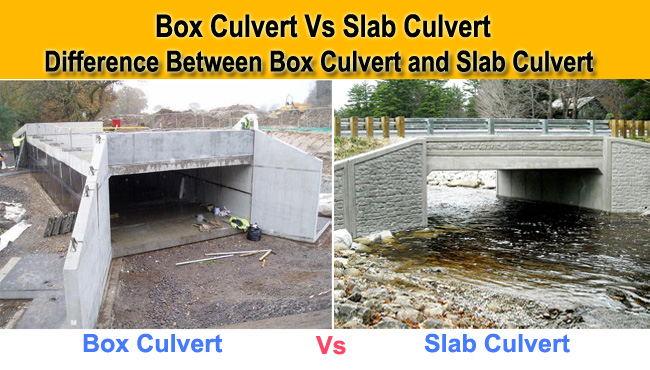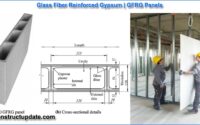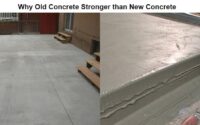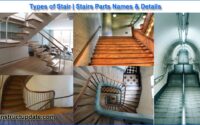Box Culvert Vs Slab Culvert | Box Culvert and Slab Culvert Difference, Uses, Benefits
What are Culvert and its types?
A culvert is basically a tunnel like structure generally constructed beneath roadways or railways providing cross drainage or taking cables (electrical or other) from one to the other side.
There are basically four types of Culvert:
- Pipe Culvert
- Box Culvert
- Arch Culvert
- Slab/Bridge Culvert
Here we will discuss about Box and Slab Culvert and their differences.
Box Culvert:
Box Culverts are culverts having more than one square or rectangular opening. Their floor and slabs on the top are constructed with pier and abutments, also constructed with concrete and provided with reinforcement, these are used mostly to dispose rainwater.
Slab Culvert:
Slab Culverts are culverts where the foundation is laid on the surface of ground, in which superstructure consist of RCC slab carrying the bridge floor. They are also known as Bridge Culvert. Pavement surface are laid on the top of the series of culvert laid. These are rectangular shaped culverts provided on rivers or canals being used as road bridges for vehicles.
Comparison between Box and Slab Culverts:
| BOX CULVERT | SLAB CULVERT |
| One or more box tunnels placed side by side of the box culvert, with the top serving as the roadway. | The superstructure of this culvert consists of series of RCC slab carrying the bridge floor with pavement surface on the top providing a road. |
| Single span size of box culvert is generally 3m whereas double span is 6m. | These culvert can have a span of maximum 3m. |
| The rectangular or square structure are usually 4 sided, with lower side pressed on the ground below. | They can be 3 sided with RCC slab laid over abutments. |
| The bottom slab might be responsible for the change of velocity of water flow. | Absence of bottom slab helps to maintain the natural flow of water along with the natural bottom substrata remaining unaffected. |
| The construction is basically of precast RCC slabs. Small span box culverts are constructed of stone slabs with a masonry abutments support also with brick and stone flooring. | They are provided with RCC slab of suitable thickness, with a support over abutments and piers being constructed of any suitable masonry type. |
| These culverts allow traffic with least interference during construction. | They requires certain amount of time for the concrete to set thereby interfering traffic during construction. |
| The main force is the pressure of Earth. | While designing the culvert IRC loadings are taken into count. |
| ASTM C 1433 is the basic design. | ASTM C 1504 is the basic design. |
| Artificial Floorings are required. | Artificial Floorings are not required. |
| Build where the load needs to be spread over a wide area and also where the soil is soft. | Build where the canal bed or stream is firm. |






